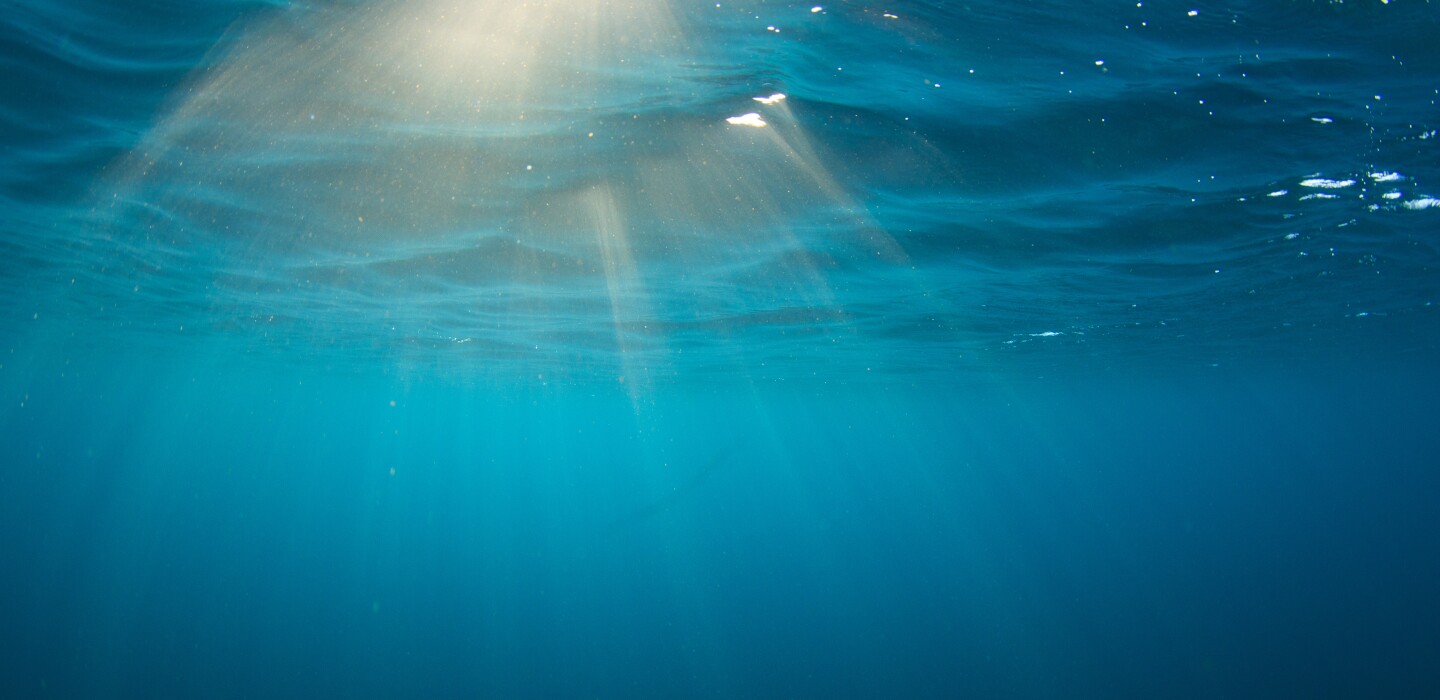
Emergency Services Agencies Train with New Sonar Technology
(TNS) — CLARK COUNTY — After receiving a grant for new technology, the Clark County Emergency Management Agency was able to purchase new sonar equipment to help in searching for bodies under water.
Greater North Clark Health Foundation gave the agency a $5,000 grant so it could buy the AquaEye. It is an advanced underwater scanner that uses ultrasound and artificial intelligence technologies to identify human bodies under water.
The AquaEye is able to scan 85,000 square feet in five minutes, enabling rescuers to quickly identify potential victims.
This new piece of equipment will be available to all emergency services agencies in the county, specifically divers from the Clark County Sheriff’s Office and the Clarksville Fire Department.
Members of the Tri-Township Fire and Rescue gathered Thursday at Deam Lake, 1217 Deam Lake Road, Borden, for some training and to test the new sonar equipment.
“Here locally at a county level it is the first piece of (sonar) equipment that we have,” said Gavan Hebner, Clark Couty Emergency Management director. “We typically rely on state partners that use boat-mounted sonar devices to conduct search-and-rescue operations.”
With this handheld sonar, emergency responders will be able to start the search before a dive team arrives at the scene.
When the AquaEye is used, it shoots out a beam that collects data and shows what it finds on the screen. Once the data is on the screen, it will show the probability of its findings being a human.
“This device will allow the dive team to focus on more areas of concern,” Hebner said. “This narrows that search path down to a more localized area and allows them to deploy to an isolated area instead of searching a large area.”
For the training, the fire department had Amir Mousavi, Tri-Township’s fire chief, and Chris Woertz, Tri-Township’s assistant chief of operations, go into the lake to be test subjects for the AquaEye.
Once the two men were geared up to go into the water, they went on a boat with a few others to test the new equipment.
“We have to test our equipment as often as possible,” Mousavi said. “This was a good opportunity not only to test our equipment, but also showcase it with neighboring agencies and counties around us.”
The first time they used the AquaEye, it took them about seven to eight minutes to get it figured out, Mousavi added. The device will be used mainly for search and recovery, because if someone is under water for an extended period of time the chances of rescue decrease as times passes.
Over the next few months, the personnel will go back out to practice and train more with the AquaEye. They were not able to have a person fully submerged in the water during the initial testing of the equipment.
In the future they would like to have someone fully submerged to test the full capabilities of the sonar device. To do this, they would have to coordinate with a dive team.
“Anytime a diver goes in the water for a search or salvage, there’s extreme hazards with that,” Mousavi said. “We believe this device is going to help us as well as protect them as they’re under water.”
©2024 The Evening News and The Tribune (Jeffersonville, Ind.). Distributed by Tribune Content Agency, LLC.


Average Rating